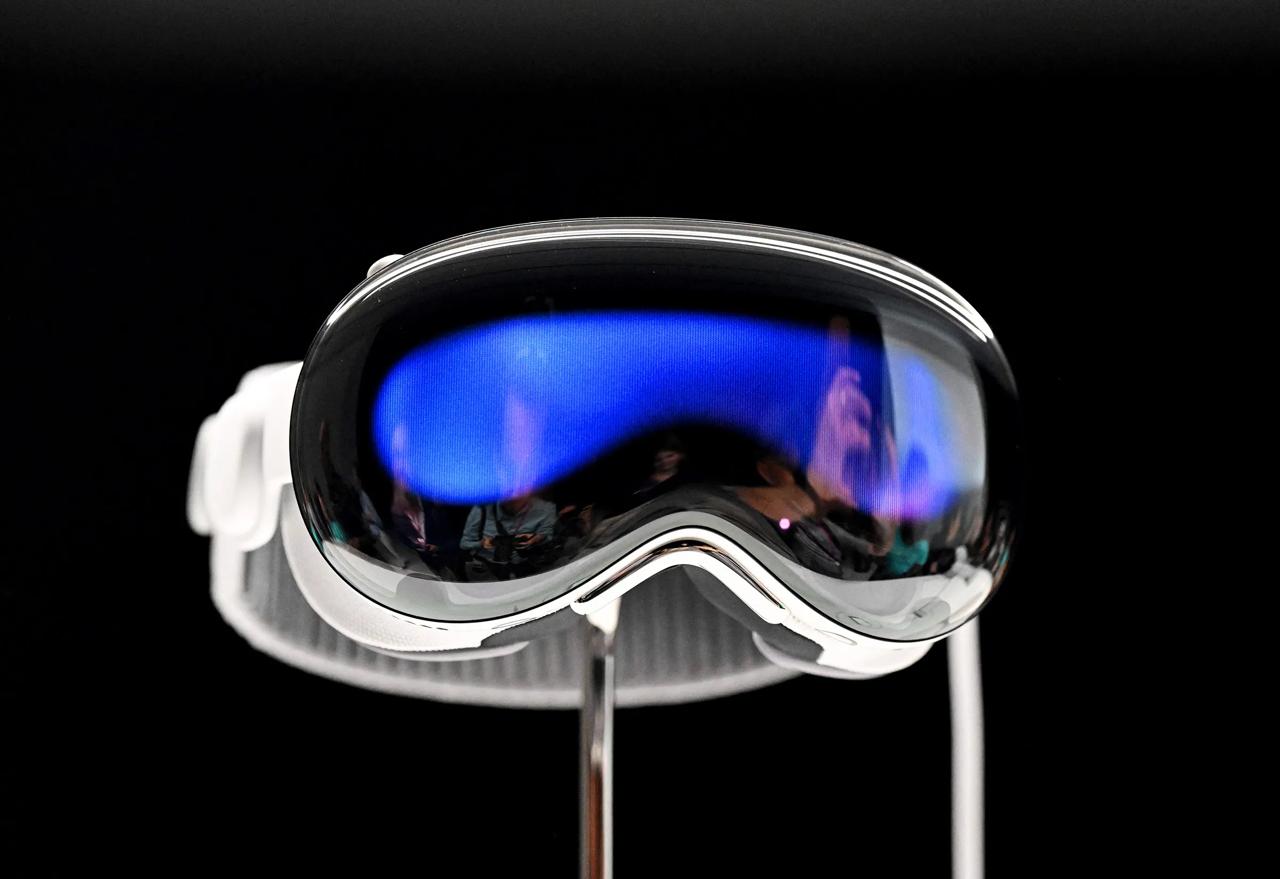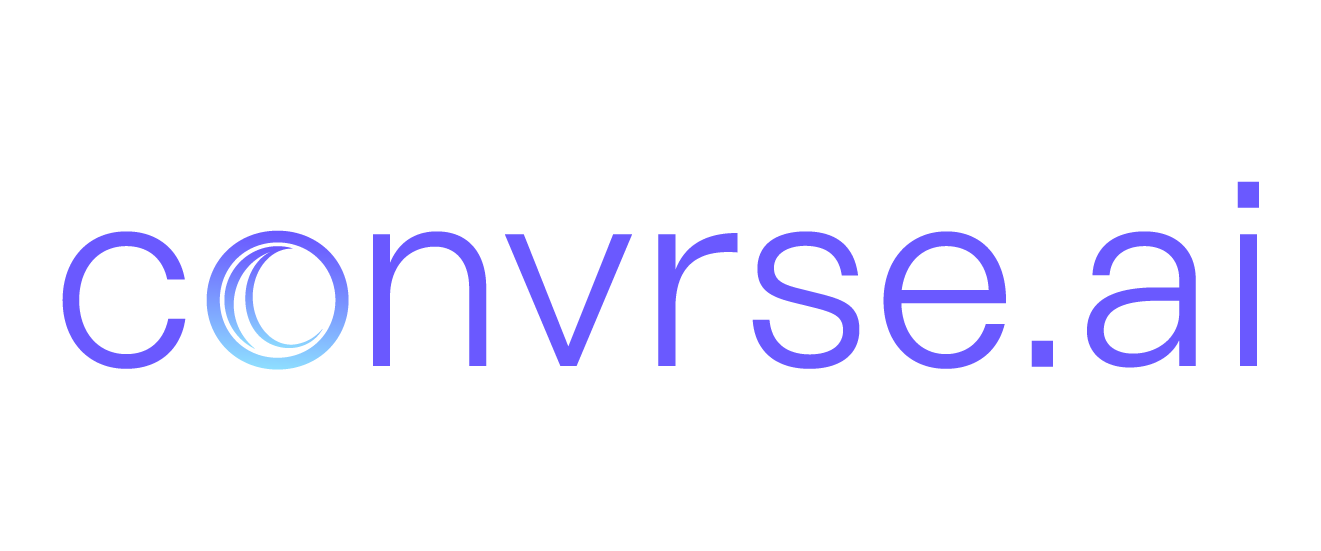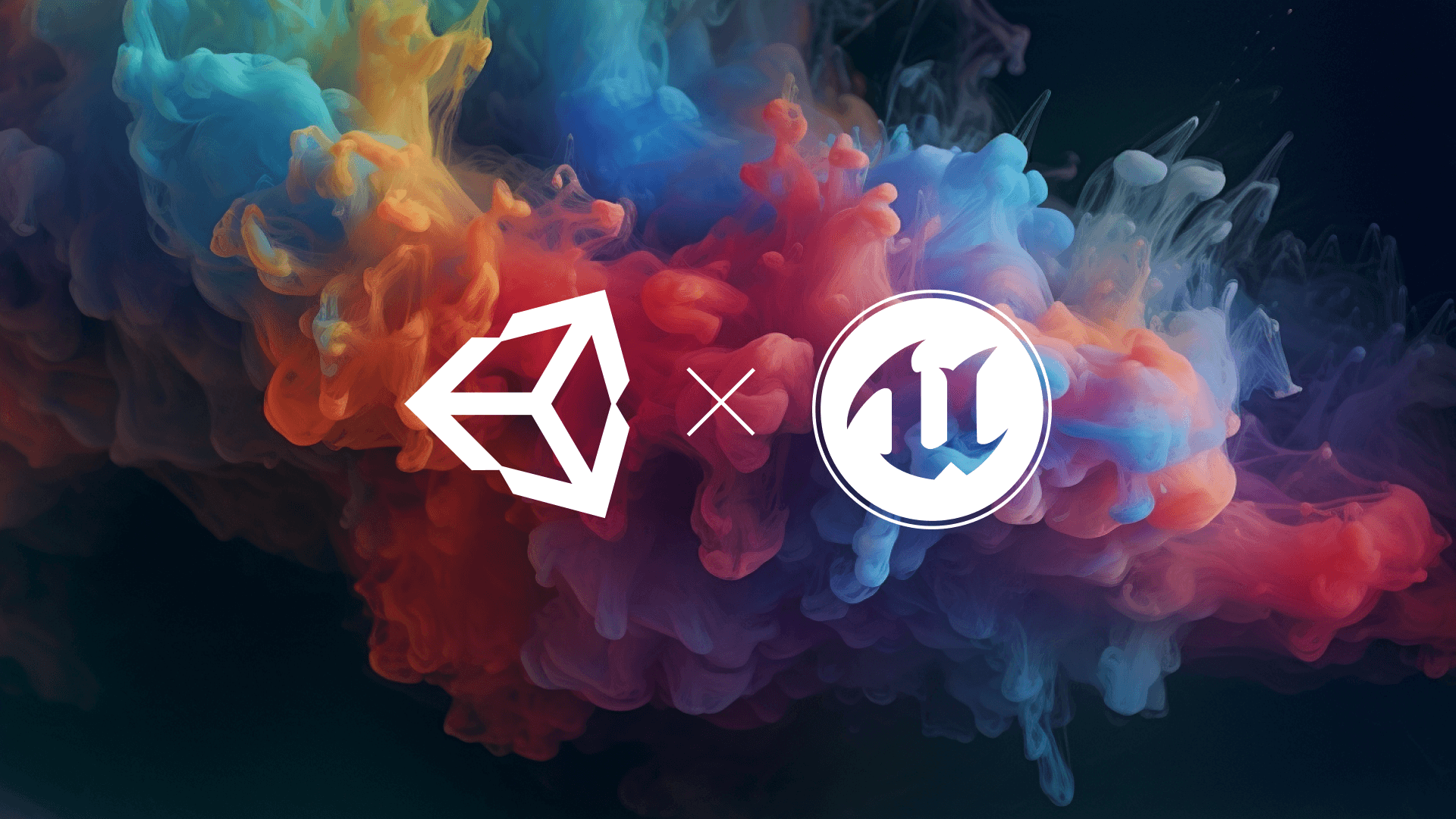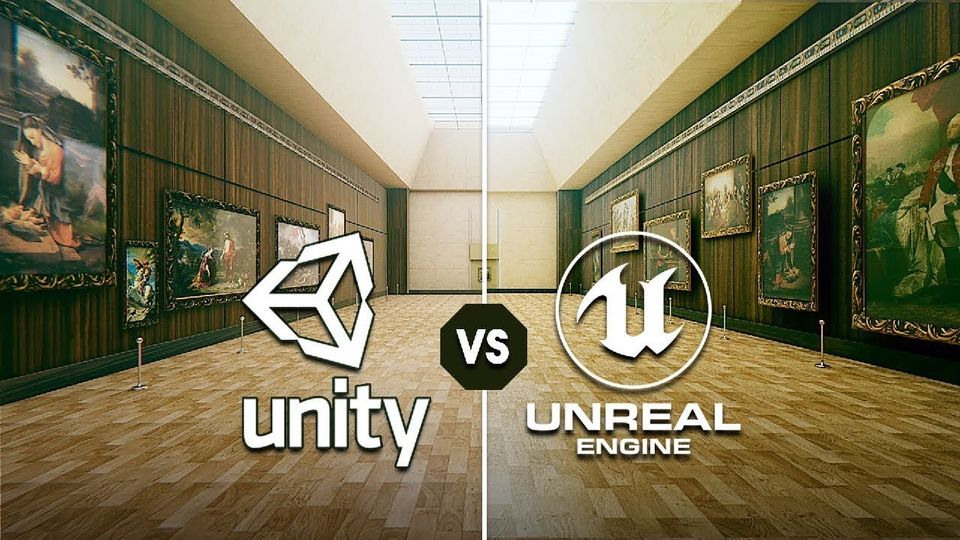How To Choose the Right VR Headset - Your Top Questions Answered
The launch of Apple Vision Pro has piqued mainstream interest in VR headsets. This article goes beyond the surface to list top factors to look for while choosing a VR headset in 2024. Average reading time: 3 minutes.

Top things to consider would be:
-Are you an enterprise or a direct consumer: Enterprises will need to consider production scale or platform, robustness since it will pass many hands and most importantly data security. Direct consumers should/would consider value-for-money and user experience above anything else.
-VR only or VR with passthrough: Do you need a completely immersive experience or do you want the ability to see your surroundings without removing the headset? Passthrough can be useful for safety and augmented reality (AR) applications.
-Is it just standalone, or offers standalone + tethering/Wi-Fi streaming option: It’s a matter of portability and performance. Standalone doesn’t need a PC or console. Standalone +tethering/Wi-Fi streaming is good for standalone use connection to a powerful device for demanding experiences.
-Weight and battery life: It is one thing to go to an exhibition, try the headset on and feel great, quite another to lug it around for longer durations. Talk to experts who have pushed the headset to its limit, you should know when it starts to heat up.
-Qualcomm Snapdragon XR2 is a common VR chip. Your headsets should have it
-After sales support/warranty: Since most non-geeks would be buying their 1st or in best case their 2nd VR headset right about now, it is important to check for support and warranty coverage for long-term use and troubleshooting.
You can't forget to check if the headset supports Steam since most games are on Steam. Apple Vision Pro (AVP) right now doesn’t support Steam. You also need good controllers, again Apple Vision Pro doesn’t offer great controllers right now. You should have a tethering option via USB 3.0 or air link (Wi-Fi ) and OS support for MAC and Linux computers.
Here are the key differences:
Standalone: Compute and rendering both happens in the VR headset
Tethering: Compute happens on PC, a video stream is sent to headset, which is rendered by the VR
Even in tethered, the headset should have a decent processor and GPU, because for larger games/projects just the rendering itself is a lot of processing, and users may face low fps.
Resolution determines how much detail you see in the content. Better resolution means more immersion. Though most new headsets are inching towards 2K per eye resolution (so it shouldn't be that big a factor), AVP has a substantially better resolution.
FOV: While FOV is important, for most users it is difficult to tell the difference. Quest 3 has a higher FOV than AVP, but the immersion is better in AVP. Only Varjo XR4 (3840x3740) has a better resolution than AVP (3400x3400).
To make immersion more natural, headset manufacturers are pushing for more eye tracking and hand tracking. Tracking delays/inaccuracy breaks the experience. While it's still not up to the required mark, that's why most games still prefer controller-based inputs. Apple Vision Pro is not meant for hardcore gaming, but more for daily tasks and socializing, so their hand tracking has less requirement, but eye tracking has more. Their pointer is also replaced with an eye gaze, so it has to be accurate to MM even though it becomes tiring for people in longer usages.
Refresh rate gives you less motion blur, and no black screen flashes when you turn around, so better refresh rate means a smoother and more natural immersion. Content creators always make a choice between more realist or better FPS. The higher the refresh rate, more FPS the hardware can support.
Vikrant Singh, Cofounder & CEO, Convrse.pro
Vikrant is a seasoned entrepreneur, a 3D nerd and CEO at Convrse.pro. He has built and managed many small ventures, wearing multiple hats in business development, product development and sales & marketing. Amongst the accomplishments he holds close to his heart are creating over 200 immersive experiences for brands in the VR industry; winning the Best VR Startup award in 2021; and being the only Web 3.0 startup featured in the prestigious Your Story Tech30 list. At Convrse.pro, Vikrant leads efforts to revolutionize digital interactions for the new era of internet with the use of real-time 3D. Vikrant is a graduate from IIT-Guwahati.

The smartest 3D model optimizer
Convrse.pro is a cloud-based 3D optimizer that supports 30+ file formats including CAD files and comes with a file viewer, heatmap and a unique selective optimization feature.





